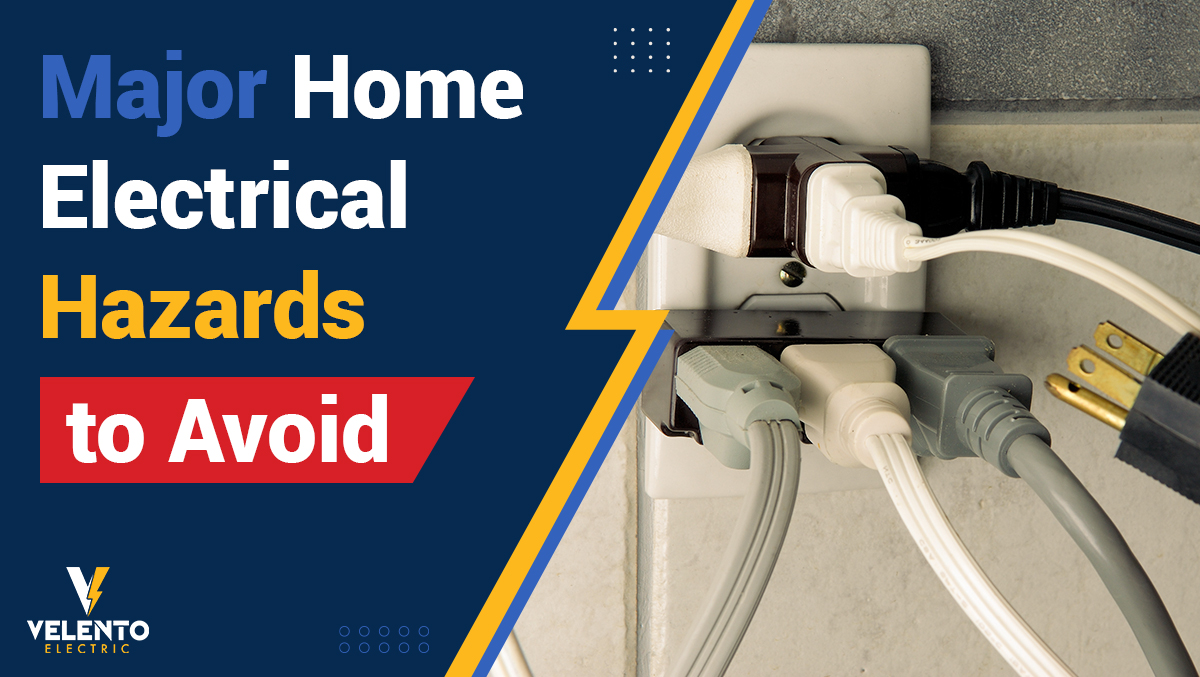We Are an Electrician Company In North Jersey
Our experienced team offers services for both residential and commercial properties.With over 25 years of experience in the industry, we boast all of the knowledge and expertise in repairing.
Our experienced team offers services for both residential and commercial properties.With over 25 years of experience in the industry, we boast all of the knowledge and expertise in repairing.
Working Hours : Monday to Friday (9am - 5pm)

Electrical hazards in the home can pose serious risks, including fires, electric shocks, and even fatalities. It’s crucial to be aware of these hazards and take steps to prevent them. Here are some major home electrical hazards to avoid:
Conclusion
Electrical safety in the home is paramount to preventing accidents, injuries, and fires. By understanding the potential hazards and taking proactive measures, you can create a safer living environment for yourself and your family. Regular maintenance, proper installation, and adherence to electrical safety standards are key components of home safety. When faced with any electrical concerns, always err on the side of caution and consult a licensed electrician to ensure that your home’s electrical system is secure and up to code. Staying vigilant about electrical safety not only protects your property but also safeguards lives.
